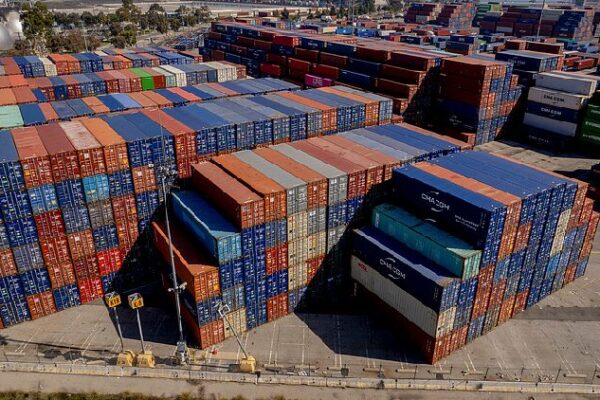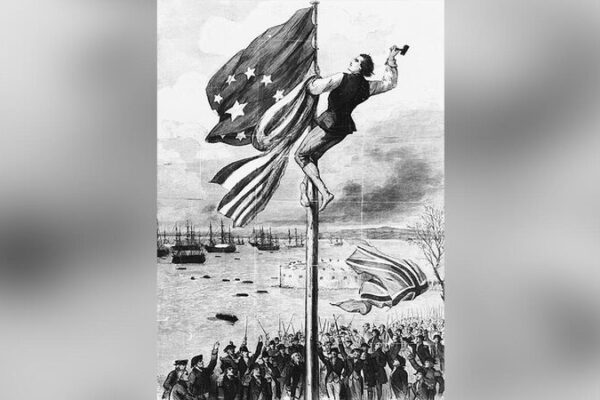When Tariffs Go Wrong: Lessons from History
Tariffs are often introduced with the promise of protecting domestic industries and boosting the economy. However, history has shown that such measures can have the opposite effect, leading to economic downturns and strained international relations. Here are three significant times when U.S. tariffs backfired, offering lessons that are still relevant today.
The Smoot-Hawley Tariff Act of 1930
In the wake of the Great Depression, the Smoot-Hawley Tariff Act raised U.S. duties on over 20,000 imported goods. The goal was to shield American farmers and manufacturers from foreign competition. Instead, it triggered a wave of retaliation from other countries, leading to a collapse in global trade.
“The key takeaway isn’t just that tariffs can spark trade wars – it’s that such wars tend to hurt everyone, particularly consumers and exporters,” said Professor Diao Daming from the School of International Studies at Renmin University of China.
The tariffs contributed to higher prices for consumers and further deepened the economic crisis. Export industries suffered as other nations imposed their own tariffs on American goods, exacerbating unemployment and prolonging the Depression.
The McKinley Tariff of 1890
This tariff raised average duties on imports to nearly 50%, aiming to protect American industries during the Gilded Age. While some manufacturers benefited, consumers faced higher prices, and many workers did not see the promised job growth.
The political backlash was swift. In the subsequent midterm elections, the party that supported the tariff suffered significant losses. The public’s dissatisfaction highlighted how protectionist policies can lead to political instability and economic inequality.
The Nixon Shock of 1971
President Richard Nixon’s economic measures, collectively known as the “Nixon Shock,” included ending the U.S. dollar’s convertibility to gold and imposing a temporary 10% surcharge on imports. While not traditional tariffs, these actions were protectionist, aiming to address trade deficits and inflation.
The immediate effect was a weakened dollar and increased export competitiveness. However, it also led to higher import prices and contributed to the inflationary pressures of the 1970s.
This episode underscores how unilateral economic policies can have global repercussions, straining relationships with other nations and leading to economic uncertainties.
Why History Matters Today
These historical examples reveal that protectionist tariffs often lead to unintended negative consequences, such as higher consumer prices, retaliatory trade measures, and economic downturns.
“American policymakers should be aware of history, yet they continue to move in this direction,” Professor Diao noted. “The possibility of a further economic decline is more evident than ever before.”
As the global economy becomes increasingly interconnected, tariffs and trade barriers can have far-reaching impacts, affecting not just the initiating country but economies around the world, including those in the Global South.
Looking Forward
Understanding the lessons from the past is crucial for making informed policy decisions today. As nations consider trade strategies, it’s important to weigh the short-term benefits of protectionism against the long-term risks of global economic disruption.
Reference(s):
American Tariff Story: Why they don't work from 3 cautionary tales
cgtn.com








